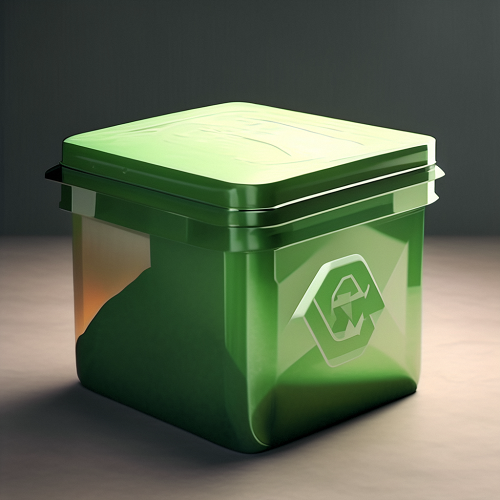With environmental concerns escalating globally, the spotlight on sustainable packaging has intensified across various industries. From reducing waste to conserving resources, eco-friendly packaging plays a pivotal role in promoting a greener future. Let’s delve into the different types of sustainable packaging and their significant benefits.
Biodegradable Packaging: Biodegradable packaging materials, such as cornstarch-based plastics and wood pulp, are designed to decompose naturally, minimizing environmental impact. By breaking down into harmless substances, they reduce pollution and contribute to healthier ecosystems.
Recyclable Packaging: Recyclable packaging materials, including paper, metals, and certain plastics, can be collected and reprocessed into new products. This closed-loop system conserves raw materials, reduces energy consumption, and lessens the burden on landfills.
Packaging from Recycled Materials: Utilizing recycled materials, such as recycled paper and plastic, in packaging production helps divert waste from landfills and conserves natural resources. This approach significantly reduces carbon emissions and contributes to a circular economy.
Paper-based Packaging: Paper-based packaging, made from sustainable sources like recycled paper or responsibly managed forests, offers versatility and recyclability. Its biodegradable nature and low environmental impact make it a preferred choice for various applications.
Glass Packaging: Glass packaging stands out for its inert and non-toxic properties, making it ideal for food, beverage, and cosmetic products. With infinite recyclability, glass containers can be recycled repeatedly without losing quality, conserving resources and reducing emissions.
Metal Packaging: Metal packaging, such as aluminum and steel cans, boasts high recyclability rates and durability. By choosing metal packaging, companies contribute to energy savings and greenhouse gas reductions throughout the production and recycling processes.
Bio-based Plastic Packaging: Bio-based plastics derived from renewable sources, like plant oils and starches, offer a sustainable alternative to conventional plastics. These materials biodegrade or can be recycled, mitigating the environmental impact of traditional plastics.
Reusable Packaging: Reusable packaging systems, such as glass jars and durable plastic containers, minimize single-use packaging waste. By encouraging reuse, these solutions reduce resource consumption and waste generation, promoting a more sustainable approach to packaging.
In conclusion, sustainable packaging encompasses a diverse range of materials and approaches aimed at mitigating environmental impact and promoting resource efficiency. By embracing eco-friendly packaging solutions, businesses can contribute to a healthier planet while meeting consumer demand for sustainable products. As industries continue to innovate and adopt greener practices, the future of packaging looks increasingly promising.
Post time: Mar-28-2024






